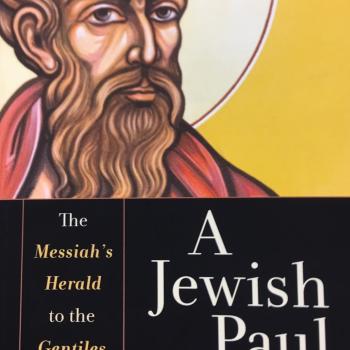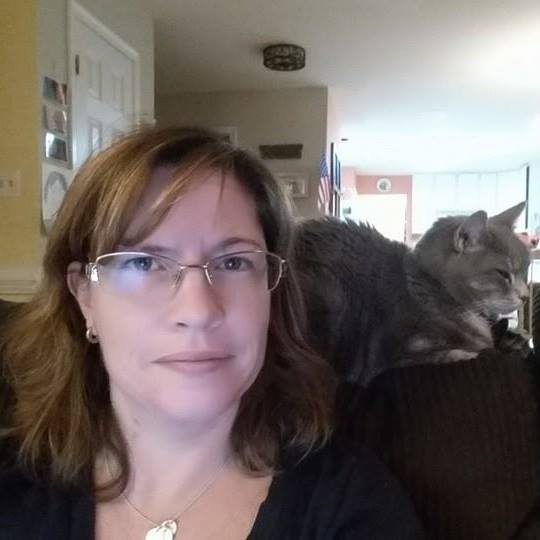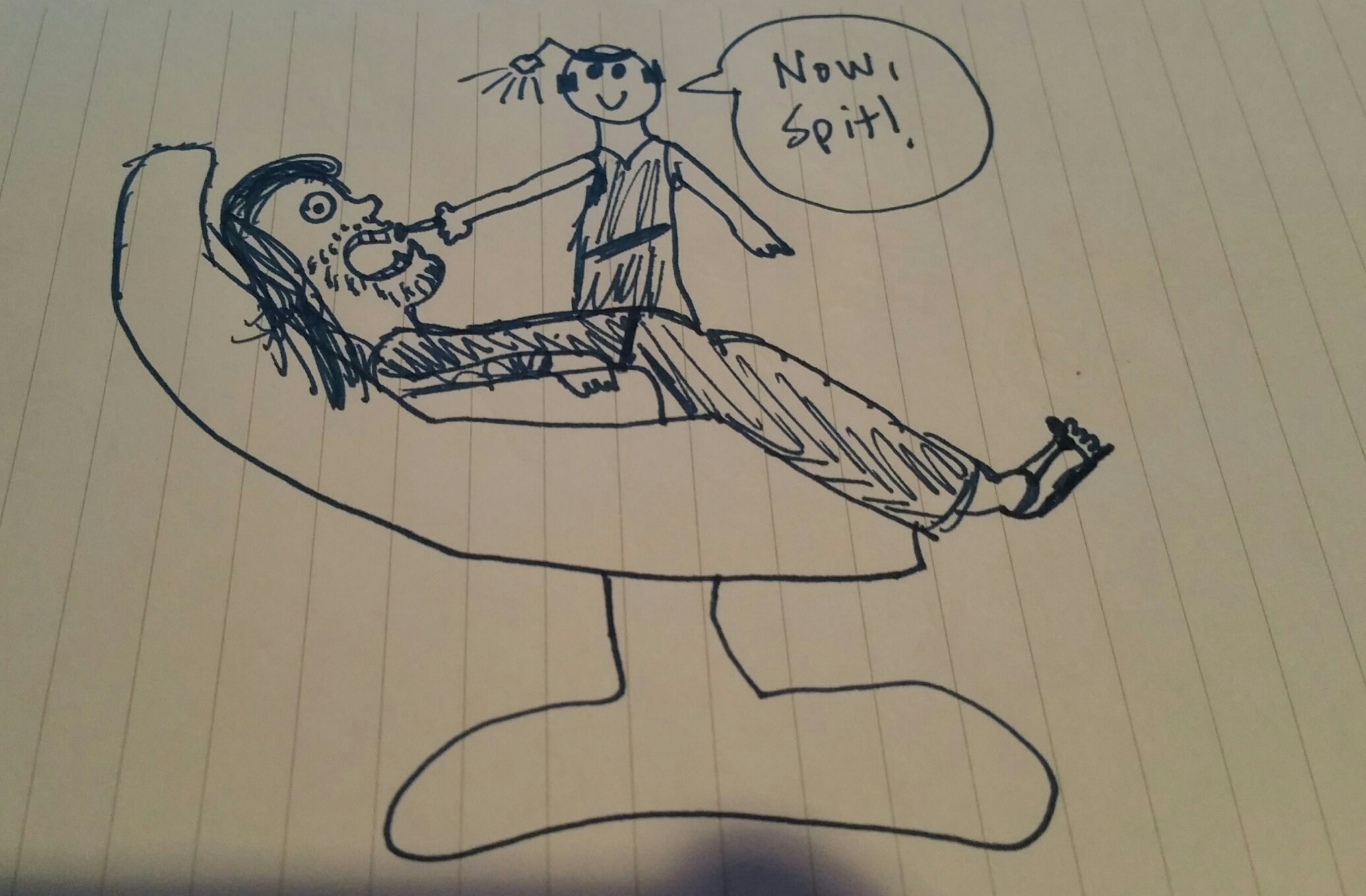Part Three of I-Don’t-Know-How-Many in a series of posts inspired by “Miss Representation.” If you haven’t seen the trailer for this movie, and you have 8 minutes, please watch it here now.
A great friend of mine is supremely frustrated that people in the middle are being drowned out by the shouts of extremists on both sides. I agree completely, though it’s funny: when I’m in the presence of someone aggressively loud, the louder they shout, the less I hear. The more energetic and boisterous they are, the quieter I become. I tune out. I withdraw and stop listening. I bide my time until they’re done, breathe a sigh of relief when they leave, and become firmer in my belief that those who speak the least command the most attention when they do finally utter words. Though no sane person would call me someone who seldom speaks, here is my attempt to speak calmly and quietly, in an effort to be heard over the screamers on each side.
On October 13, 2011, the U.S. House of Representatives passed H.R. 358 – an amendment to the Patient Protection and Affordable Care Act (PPACA). The amendment is being touted as the “Protect Life Act” by supporters, and criticized as the “Let Women Die Act” by opponents. The only thing upon which supporters and opponents agree about this act is that it further limits access to abortions. In the extremely unlikely event this bill (or a parallel version of it) passes in the Senate, President Obama has said he would veto it.
Since I’m focusing on treatment of women, lately (don’t worry – I’ll be done soon…maybe…) I couldn’t let this thing go by without a look. Before I got very far, though, I got the strong feeling that both Protect Life and Let Women Die were egregious misnomers for this legislation, and for the larger dispute as a whole.
Even reading the SUMMARY written by the Congressional Research Service (a non-partisan arm of the Library of Congress) was a lot of work. Here’s a link to another, slightly simpler summary from Project Vote Smart – a bipartisan breakdown of the facts, issues, and where the candidates stand. Go ahead. Read them.
There! Get it? All clear? No? Okay, well let’s step back and consider the true conflict behind this and its complexity.
Is it acceptable to force a doctor to perform an abortion when it violates his religious beliefs? I don’t think so. It’s a very tough question. It’s not okay to tell a person he or she cannot practice medicine because of their religious beliefs. However, I also believe that if a doctor would not perform an abortion when the mother’s life is at stake, he or she should be allowed or even obligated to send her to a doctor who would. If a hospital employs ER doctors who refuse to perform emergency abortions, they should also be required to have on staff at all times a doctor who will. HR 358 makes it easier for a doctor or hospital to refuse care to a woman (see the section on “Non-discrimination”) in this situation, and that makes me very nervous.
Flipping the coin, is it acceptable to deny a woman an abortion in the cases of rape, incest, or if her life is endangered by the pregnancy? I don’t think so. This is also a very tough question. I think it’s the height of hubris to tell a woman, teenager, or girl she should go through with any pregnancy, whether or not they keep the baby or put the baby up for adoption, regardless of the situation, but ESPECIALLY if it falls into the categories mentioned above. HR 358 seems to acknowledge that (see section on “Limitation of Abortion Funding”) , in re-iterating that federal funds may be used in these extreme situations.
The extremists in support of this amendment (the “Protect Life” view) would have us thinking that abortion is frequently used as convenient birth control and that regardless or situation or gestational period, abortion is tantamount to slaughtering babies.
The extremists in opposition of this amendment (the “Let Women Die” view) would have us believe that right-wing, religious zealots who also practice emergency room medicine would coldly turn their heads and refuse to perform an abortion to satisfy their righteousness even if a young mother were bleeding to death on the floor as a result of that refusal.
Both might happen. I’m sure both DO happen. I admit to being ignorant of the statistics on either side, and my apologies for that. My sense is, though, that what happens the vast majority of the time lies in the middle of this spectrum.
I believe that most doctors whose religious beliefs preclude them from performing abortions have, and would have tremendous difficulty grappling with the loss of the mother’s life. Allowing the death of a woman who is also, perhaps, a mother, sister, wife, friend, daughter to many others to save the life of her unborn baby (or to NOT be responsible for the baby’s death) would haunt even the most hardened, experienced, religiously fervent doctor. I hope.
I also believe that most women in the horrifying situation of having to choose between her own life and her unborn baby’s life has, by virtue of being in that situation, suffered enough. She does not need to suffer the guilt trips and wrath of those who unfairly sit in judgement of her, or the ultimate price – death. Actually, though I have not been in that situation myself, I don’t just believe this. I know it.















